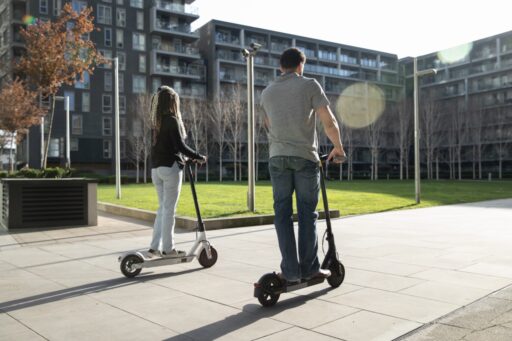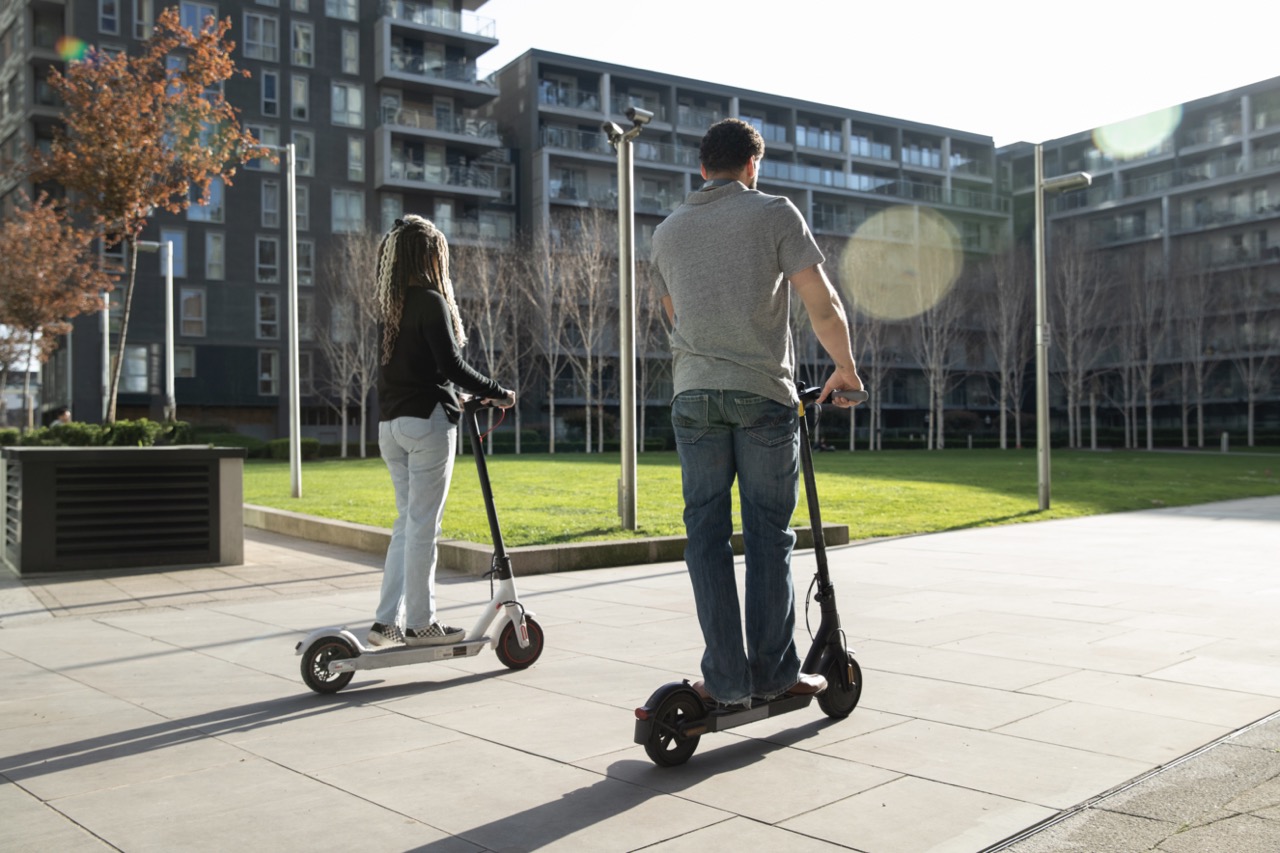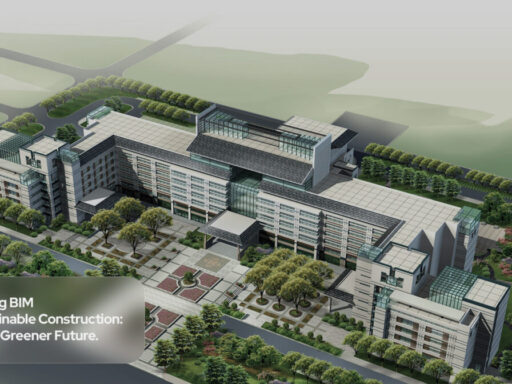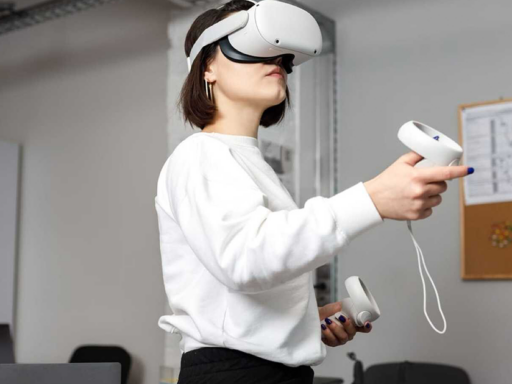Introduction
Are you looking to revolutionize urban mobility for a sustainable future? How can technology like Building Information Modeling (BIM) help achieve this goal? This article will explore BIM’s impact on sustainable urban mobility, breaking down its core principles and showcasing real-world examples of its transformative power.
“As architects, our daily commitment to harnessing technology like Building Information Modeling (BIM) shapes not just structures, but the very fabric of sustainable urban mobility, ensuring our cities evolve harmoniously with the needs of the future.” – Matias Andreozzi, BIM Architect
Embracing Low or Zero-Emission Vehicles
You are contributing to a cleaner environment when leveraging low or zero-emission vehicles.
- Collaborative work in embracing these vehicles involves sharing knowledge and best practices.
- 3D modeling can help visualize the impact of low-emission vehicles on urban spaces.
Focus on efficiency in design and implementation to fully embrace the benefits of 3D modeling for low-emission vehicles.
- Streamlining the design process allows for quicker development and testing of new vehicle models.
- Utilizing 3D models can lead to more sustainable transportation solutions for the future.
Adopting low—or zero-emission vehicles, alternative fuels, and efficient infrastructure is crucial to reducing emissions and minimizing environmental impact. By transitioning towards cleaner transportation options, cities can contribute to reducing greenhouse gas emissions and air pollution.
“Reducing emission requires embracing low or 0 emission vehicles, alternative fuels and efficient infrastructure to minimize greenhouse gases and air pollution.” – Matias Andreozzi, BIM Architect
Encouraging Resource Conservation
Integrating low—or zero-emission vehicles into your projects can significantly reduce environmental impact when considering BIM in urban construction. By addressing the Challenges of Urbanization through sustainable transportation choices, you contribute to the development of Sustainable Cities.
- Utilizing electric vehicles aligns with the principles of BIM in Urban Construction.
- Reduced carbon footprint and improved air quality are key benefits of incorporating low-emission vehicles.
- Embracing sustainable transportation options supports the overall goal of creating Sustainable Cities.
To meet the demands of BIM in Urban Planning, incorporating low or zero-emission vehicles in your projects is essential for achieving the Net-Zero Carbon Goal by 2050. By integrating eco-friendly transportation solutions, you align your developments with long-term Master Plans.
- Adopting electric vehicles plays a crucial role in achieving the Net-Zero Carbon Goal.
- Sustainable transportation choices are integral to the success of BIM in Urban Planning initiatives.
- Incorporating low-emission vehicles supports the vision of future-proof Master Plans.
Resource conservation plays a vital role in building a sustainable urban mobility system. By promoting walking, cycling, public transportation, and carpooling, cities can optimize resource use and decrease reliance on personal vehicles. This not only helps reduce emissions but also enhances overall efficiency.
“Encouraging walking, cycling, public transportation, and carpooling, optimizing resource use and decreasing reliance on personal vehicle.” – Matias Andreozzi, BIM Architect
Ensuring Accessibility and Equity
Designing for multi-modal transportation within the realm of BIM in construction heralds a new era of integrated urban planning. By leveraging Building Information Modeling (BIM), architects and planners can intricately weave various transportation modes into the fabric of urban infrastructure projects.
The foundation of BIM facilitates a comprehensive understanding of the urban landscape, allowing architects to visualize and analyze how different modes of transportation intersect and interact. This insight enables the seamless integration of pedestrian walkways, bike lanes, public transit routes, and shared mobility services into the overall design framework.
Moreover, BIM empowers architects to optimize the layout and configuration of transportation infrastructure to maximize efficiency and sustainability. Through advanced simulations and analysis, architects can assess the impact of different design choices on traffic flow, pedestrian safety, and environmental sustainability, ensuring that multi-modal transportation systems are not only functional but also resilient and eco-friendly.
Accessibility and equity are essential aspects of sustainable urban mobility. Ensuring that everyone has access to safe, affordable, and reliable transportation options regardless of income, age, or ability is key to building an inclusive and sustainable mobility system.
BIM Projects: Ensuring Accessibility and Equity
When implementing BIM projects, consider the principles of sustainable urban development to create environmentally friendly structures.
- Optimize data utilization to enhance decision-making processes.
- Minimize environmental impact by leveraging BIM technology.
Technology adoption like BIM should be embraced to enhance infrastructure projects and ensure accessibility and equity in urban areas.
- Utilize BIM to navigate challenges in urban infrastructure projects effectively.
- Contribute to the creation of sustainable cities by adopting BIM practices.
Fostering Economic Viability
BIM is a powerful tool in sustainable urban development to enhance resource optimization and minimize environmental impact.
- By leveraging BIM for urban infrastructure projects, stakeholders can address the challenges of rapid urbanization.
- The adoption of BIM technology contributes to the creation of smarter and more sustainable cities.
When considering the economic viability of urban projects, embracing BIM can lead to more efficient resource utilization and cost savings.
- BIM enables stakeholders to navigate the complexities of urban infrastructure projects and make informed decisions for successful outcomes.
- By incorporating BIM into urban development initiatives, stakeholders can foster economic viability and ensure long-term sustainability.
Economic viability is crucial for the long-term sustainability of urban mobility systems. By fostering efficient and financially sustainable mobility solutions, cities can contribute to economic growth and development while promoting environmentally friendly transportation options.
“Economic viability fosters efficient and financially sustainable mobility systems that contribute to economic growth and development.” – Matias Andreozzi, BIM Architect
Conclusion
In embracing sustainable urban development with BIM, you leverage advanced BIM technology to optimize resource utilization. This approach minimizes environmental impact and creates smarter and more sustainable cities.
- By adopting BIM for urban infrastructure projects, you are better equipped to navigate the challenges of urbanization effectively.
- Adopting BIM is crucial in ensuring successful outcomes for urban infrastructure projects. This will ultimately lead to the creation of sustainable cities that meet the needs of future generations.
By prioritizing these aspects, cities can create a more environmentally friendly, inclusive, and economically viable transportation network. The journey towards sustainable urban mobility becomes achievable through collaborative efforts and innovative solutions.






